In the latest release of BoE Decision Maker Panel survey data for August, there is a tangible shift in business expectations pointing towards a decrease in both output price inflation and CPI inflation over the coming year, albeit with a lingering high degree of uncertainty.
According to the report, firms anticipate a fall in output price inflation over the next year, with the year-ahead output price inflation envisioned to be 4.9% in the three months leading up to August. This projection denotes a dip of -0.5% in comparison to the data gathered in the three months to July.
One-year ahead CPI inflation expectations lowered to 4.8% in August, a significant reduction from the 5.4% foreseen in July. Furthermore, when casting the net wider to encompass a three-year period, August data records a slight decrease to 3.2%, down by a marginal -0.1% from July’s expectations.
In the realm of wage growth, there is a persistence of the previously noted trend with expectations for the year ahead holding steady at 5.0% in August. Despite this, it is essential to note that the figure is overshadowed by the realized wage growth reported at a higher 6.9% for both single month data and the cumulative data for the three months to August.
However, amidst these optimistic projections, businesses seem to be grappling with considerable uncertainty. A substantial 53% of firms expressed that they are facing high to very high levels of uncertainty, a statistic that has remained unchanged from July.




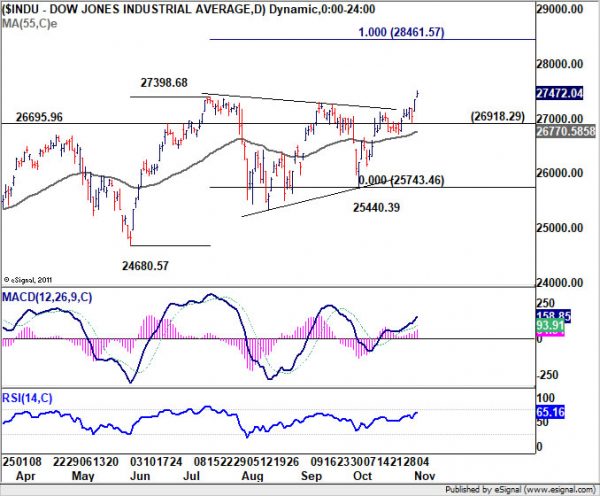
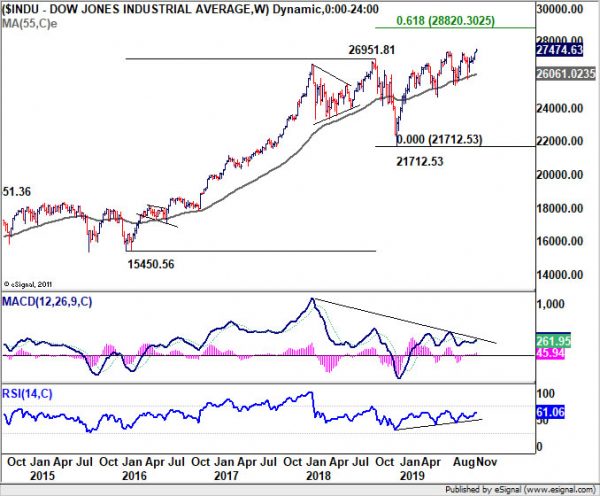
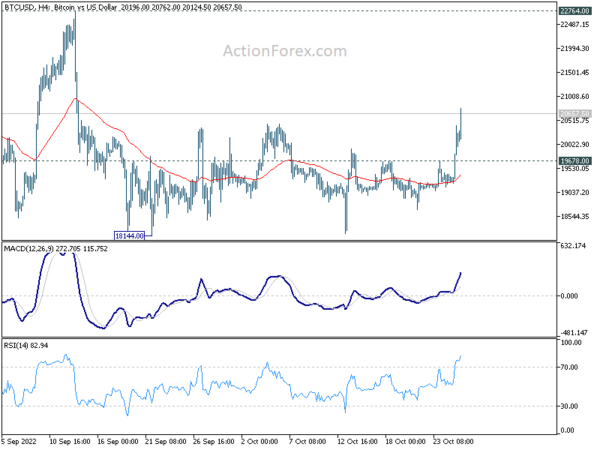
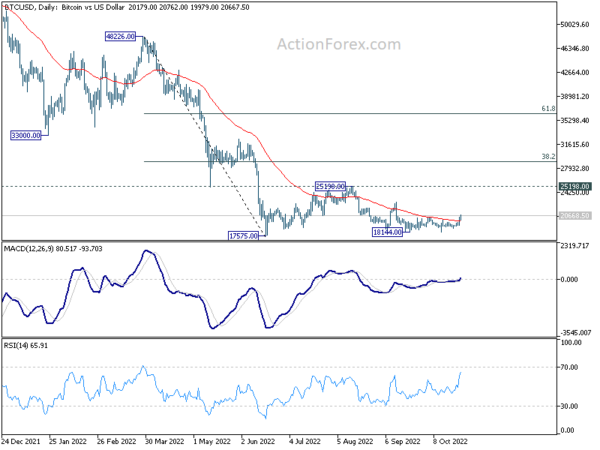
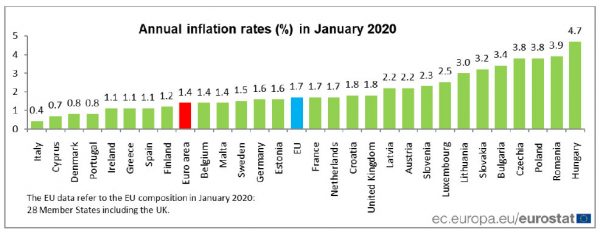
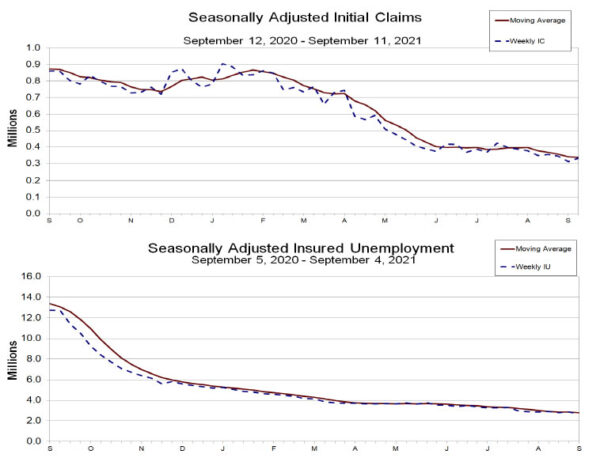
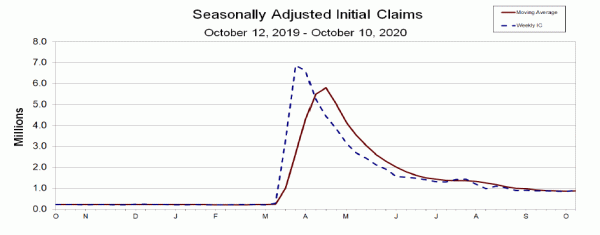
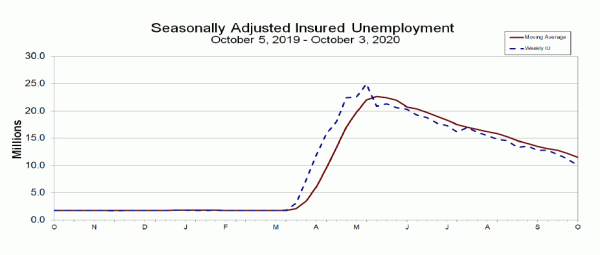
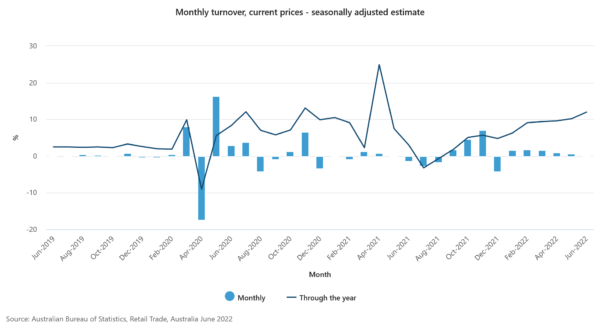
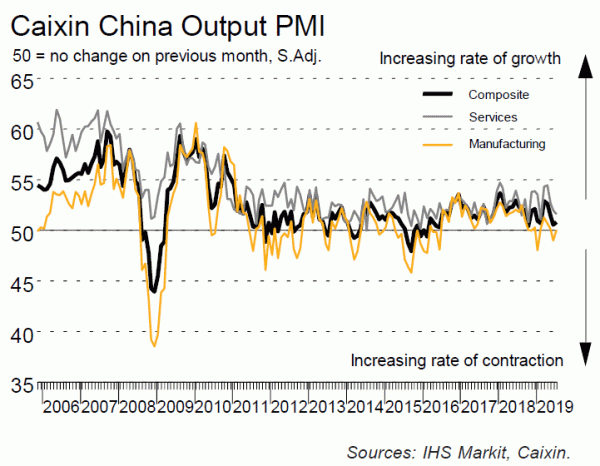
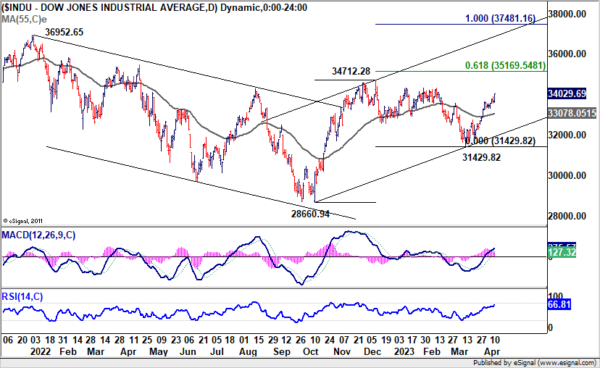
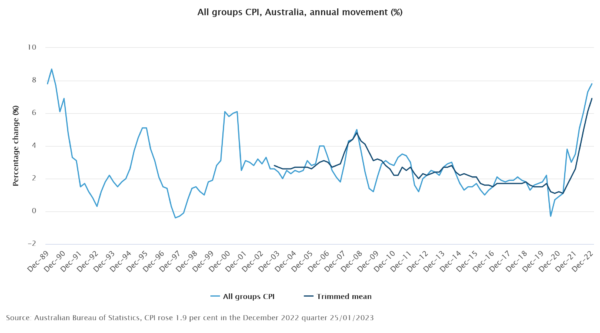
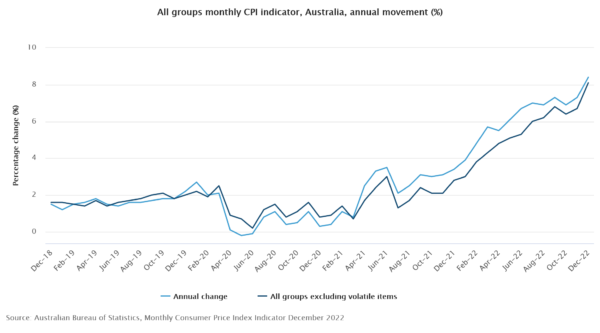

BoE Bailey: Minutes don’t imply the possibility of negative interest rate
In the MPC meeting minutes released last week, BoE indicated that it’s looking at how it would implement negative interest rates effectively when necessary. But Governor Andrew Bailey said in an online talk today, “it doesn’t imply anything about the possibility of us using negative instruments.”
“We have looked hard at the question of what scope is to cut interest rates further and particularly negative interest rates,” he added. He also noted the the experience of negative rates elsewhere was “mixed” only. The effective depends on the structure of the banking system and the timing of the move.
Also, Bailey acknowledged the resurgence of coronavirus infections in UK was “very unfortunate” and “does reinforce the downside risks”.